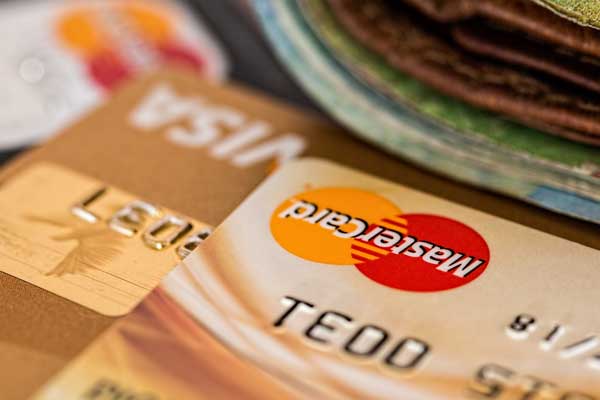Whilst the concept of trusts has been around for hundreds of years, the use of modern trusts as we know them in Australia today gained popularity in the late 1970s. Whilst the use of trusts today is common, understanding of their complexity is not.
Having said that we believe that trusts have a vital role to play in a client’s structure, and the correct application and administration of them is essential to facilitate the key client objectives.
WHAT IS A TRUST?
A trust is simply a relationship that forms a legal agreement whereby either a natural person or a company (“the trustee”) agrees to hold a single asset or multiple assets for the benefit of another person or company or group of persons or companies (“the beneficiaries”). In this trust relationship the trustee that holds the asset or assets has legal title to the trust assets but does not have a beneficial interest in them. The beneficiary or beneficiaries, on the other hand, do not have legal title to the trust’s assets but they have a beneficial interest in or entitlement to them.
What the beneficial entitlements of a beneficiary of a trust are, and when the beneficial interest in the assets of the trust vest in the beneficiary, will depend upon the terms of the trust deed and the power vested in the trustee. We will explore this concept further on. The trust deed is the document that sets out the terms of the deed and the powers and rights of the respective parties in the trust relationship.
It is important to note that there is a clear distinction in this relationship between the concept of legal ownership and the concept of beneficial ownership. This is the most fundamental point of all to note in a trust relationship. It is from this concept that trusts enable a variety of benefits to arise for the parties concerned. The most fundamental benefit of all is the asset protection that a trust, if well structured, can provide to the beneficiaries of the trust.
The assets that can be held in a trust can vary – real property, shares, a business, works of art, motor vehicles and any other legal rights of value.
A trust relationship does not have to be evidenced in writing. A trust relationship can also arise from an oral arrangement. Clearly the benefit of establishing the arrangement in writing is that it avoids any doubt amongst the parties as to the nature of the arrangement and the obligation of the parties.
For example, when a person dies, and pursuant to their Will they appoint an executor to administer the assets of the deceased, for the benefit of the beneficiaries of the Will. This is effectively a type of trust. The trust arrangement stems from the fact that the executor has been empowered via the deceased person’s Will, to deal with the assets of the deceased, for the benefit of the nominated beneficiaries of which the executor may, or may not, be one. Assuming the executor is not a beneficiary, the executor during the term of the administration, is the legal owner of the deceased person’s assets, not for his or her own benefit, but for the benefit of the beneficiary or beneficiaries.
Another typical trust arrangement or relationship arises where a trustee is appointed to hold and administer assets for the benefit of either a minor or legally incapacitated individual. Again, the obligations of the trustee in that case may be to hold and administer the assets for a specified term, for the benefit of either the minor or legally incapacitated beneficiaries. In the case of the minor beneficiaries the term of the trust may be until such time that the minors reach their legal adult age or some other specified date. A trust can be established either during a person’s lifetime or upon their death.
A trust established during a person’s lifetime is referred to as an “inter vivos” trust. The phrase “inter vivos” stemming from the Latin language meaning “during ones’ lifetime”. A trust established on a person’s death on the other hand is referred to as a testamentary trust.
Trusts therefore are typically established for a variety of reasons. They can be established to either acquire or have assets transferred to them. The assets can be either passive assets such as investment property, or they can be active assets such as a trading business. They can be established for the benefit of either one family interest or the interest of multiple families. Hence the reason that there are different types of trusts for different purposes.
Over our next few blogs we will examine different types of trusts and explore how the use of such trusts might benefit your group structure.

